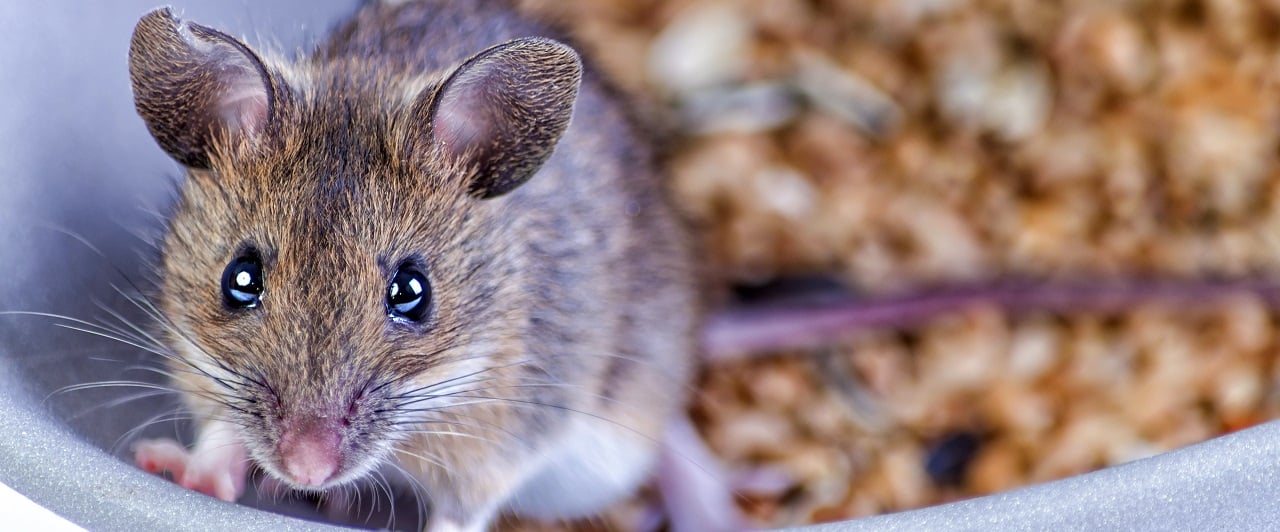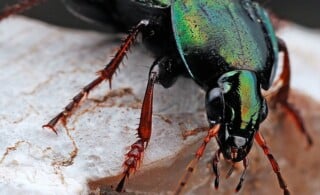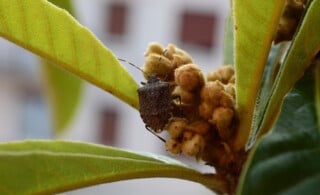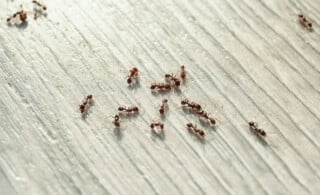The best way to keep mice away is to block entry points, seal garbage bins, control outdoor plants and use traps. You also need to seal pet food, clean countertops and floors and seal dry foods. Ideally, you need to remove anything that can attract mice into your home.
Wild rodents in your home can spread diseases, contaminate food, destroy vital documents and damage electrical wiring. Mice can also chew your cushions and mattress, which can be costly to replace. The good news is that there are measures you can take to control them and even get rid of them completely.
Learning the best way to keep mice out of your house is essential to prevent these invaders from nesting in your home. Droppings, scratching noises and chewed boxes or papers are common signs of mice. Make sure to follow best practices for pest control and removal to help you find the right solutions.
On This Page:
- Block Entry Points
- Seal Pet Food and Dry Foods
- Seal Garbage Bins
- Control Outdoor Plants
- Set Traps and Baits
1. Block Entry Points
Blocking entry points is the best way to keep mice away, particularly during the winter when they invade about 21 million U.S. homes. Take the time to inspect your home for holes or gaps, which make possible entry points. Here’s where to look:
- Around and under doors
- Around windows
- In the roof, especially the gables, eaves and rafters
- Around the foundation
- Around holes for cables, plumbing, gas lines and electrical
- Crawl space and attic vents
As a rule of thumb, if you can fit a pencil into an opening, crack or hole, a mouse can get in. Look closely at places where wires, pipes and vents enter your home. Check from the inside and the outside if you can.
So you’ve found a few places mice might get in. Now what? Once you’ve found the gaps, it’s time to fill them.
Use steel wool and caulk to keep them out. First, fill all holes and gaps with steel wool. Then add caulk to hold the wool in place. For large holes, use metal sheeting, cement, hardware cloth or lath metal to seal them. Be sure to avoid rubber, plastic, wood or any other material that mice can chew through.
2. Seal Pet Food and Dry Foods
In most cases, mice find their way into your home while searching for food. Open food containers are an invitation to mice.
Always put pet food back in an airtight container that mice can’t easily chew. Avoid leaving your dog food in a bowl after your pets finish their meals. It can be hard to make this a habit, so consider using a mouse proof dog bowl or automatic pet food dispensers to prevent mice from feeding off your dog’s food.
Blocking potential food sources reduces the chance that mice will make your house their home. The best way to keep rodents out of food rooms is to put cereal and other pantry items, such as sugar and flour, into metal or thick plastic containers. You should also avoid leaving food on your counters or tables.
3. Seal Garbage Bins
Open garbage bins and cans are a buffet for mice. Some people place the bins in their garage or alongside the house. If unsealed, the bins attract mice. Here are things you need to keep in mind:
- Keep your garbage bin as far as possible from your house
- Use airproof lids to seal them
- Replace or repair damaged bins
- Use motion-detecting lights to scare off mice
The best way to keep mice out of the garage is to put grains and fertilizers in tightly sealed plastic containers. Also, take the time to declutter your garage and seal up holes. Keeping mice out of your garage is also good news for your car. Once inside the car, these little critters might chew on wiring, air filters, hoses and panels, which will need repair or replacement.
Ready to start your Rodent Removal?
Find Pros4. Control Outdoor Plants
Bushy areas and dense outdoor plants in your yard are hiding spots for mice and make lawn pest control difficult. Bushes near your siding, for example, might help mice reach gaps in window frames and let them crawl into your walls.
One of the best ways to prevent mice in your home is by trimming or removing shrubs. Bushes should be at least three to eight feet from your roof and siding. You should also stack firewood at least 20 feet away from your house and any outbuildings.
5. Set Traps and Baits
If you have an ongoing infestation, using baits and traps is the best way to repel mice.
- Snap Traps: Good for a light to moderate infestation. You can use peanut butter as bait for the traps. Be sure to use a light dab of peanut butter to ensure the mouse triggers the trap.
- Mouse Bait Boxes: Also effective in addressing the infestation. They usually have tunnel-like entry and exit points with a cavity where you put the bait food. The mice follow the smell of the bait, which is poisonous to them.
- Multiple-Capture Live Traps: Also effective in catching the mice in your home. These traps take advantage of the mouse’s curious nature to trap as many mice as possible. Multiple-capture live traps are also effective in catching the mice in your home. These traps take advantage of the mouse’s curious nature to trap as many mice as possible.
Before using traps, it’s wise to understand their potential drawbacks, including:
- Some are complicated to set up.
- Some people feel they’re inhumane.
- The traps require regular monitoring.
- Handling a dead mouse using your hands exposes you to germs.
Final Thoughts
Rodents can cause substantial destruction in your home if you fail to take the right rat and mice control measures. The good thing is that it’s possible to keep them from entering your home by clearing bushes, using traps, sealing food containers and blocking openings.
Implementing all these measures will certainly keep mice out of your house to prevent an infestation. In addition to these precautions, take the time to clean and organize your home to eliminate possible nesting spots. For example, get rid of old tires or vehicles and elevate hay and woodpiles.

 A Homeowner’s Guide to Entomology and House Insects
A Homeowner’s Guide to Entomology and House Insects  Moth Control Basics
Moth Control Basics  Bed Bug Extermination: How to Bite Back!
Bed Bug Extermination: How to Bite Back!  Dealing with Termite Problems
Dealing with Termite Problems  Best Way to Get Rid of Ants & Ant Hills in Your Yard
Best Way to Get Rid of Ants & Ant Hills in Your Yard 

Are You Familiar With This Topic? Share Your Experience.